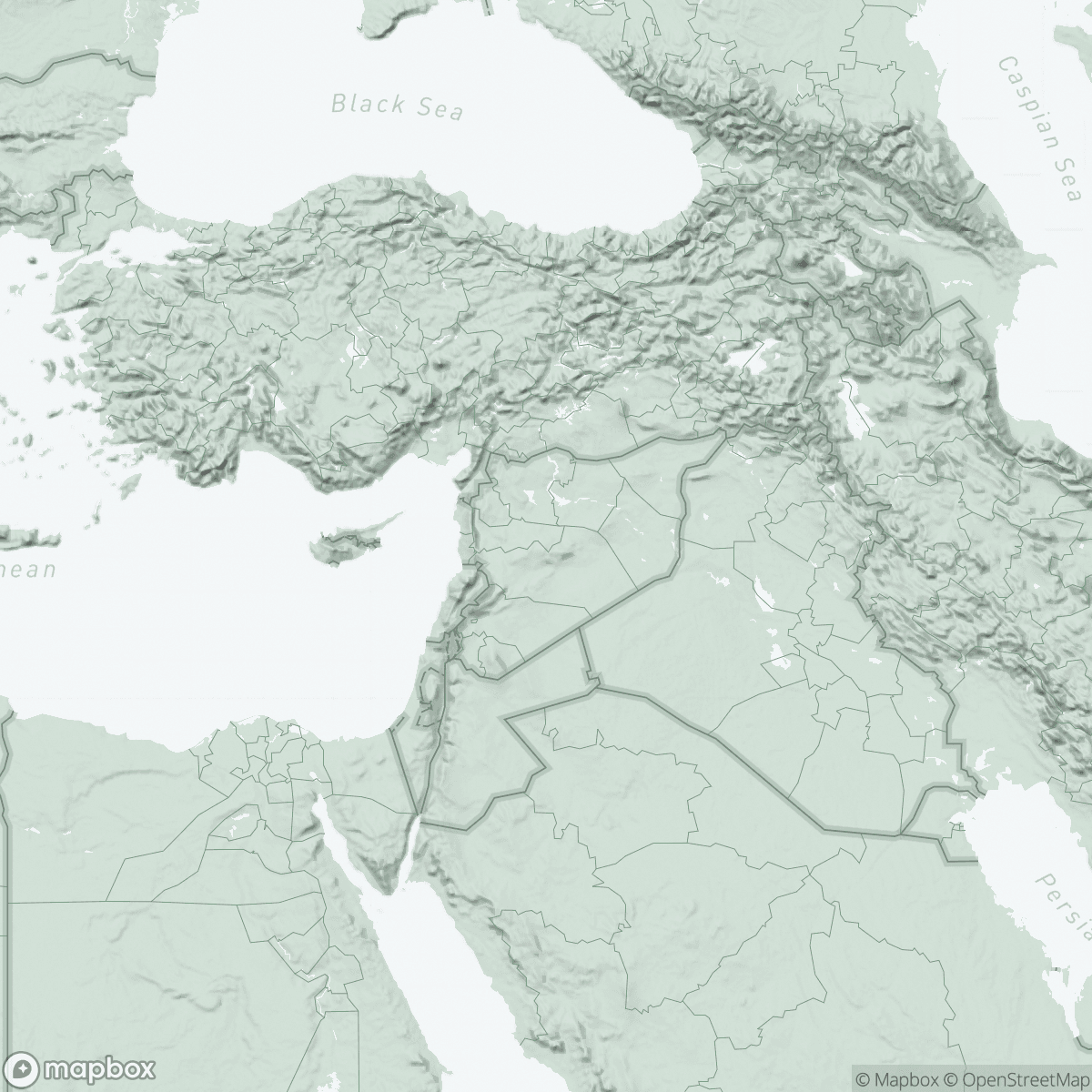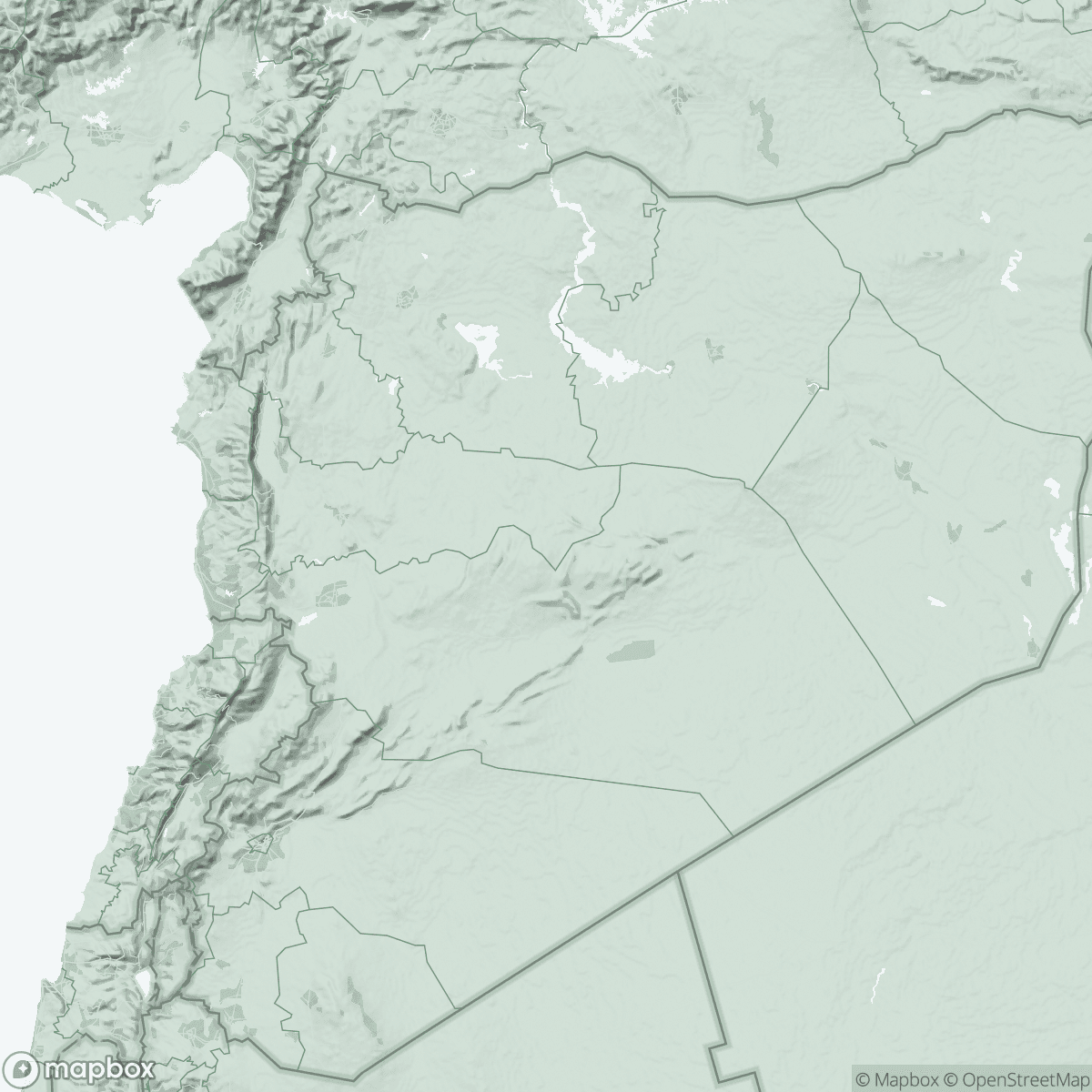Huge needs for Syrians trapped in camps in dangerous conditions
In 1 click, help us spread this information :
After 13 years of war in Syria and the fall of the Assad regime, over 7.2 million people remain displaced in the country, living in camps without basic services, such as heating and electricity. As a result, burn injuries from unsafe heating methods are common here, with Médecins Sans Frontières (MSF) treating thousands of severe burns victims each year at its hospital in Atmeh, in northwest Syria.
Since the severe US funding cuts implemented by the Trump administration this year, conditions have worsened and forced the closure of many health facilities. An increase in funding support to Syria must be ensured now to allow for a comprehensive response to the millions of Syrians in need of humanitarian assistance.
Before it went up in flames, Mohammed’s tent looked like thousands of others scattered across the rain-soaked farmland near the Turkish-Syrian border. Huddled beneath damp plastic sheets, he and his family would drink tea and warm themselves with an old wooden heater.
Like many camps in northwestern Syria, Anin Al Sahel sits in a remote, mountainous area. Basic services like heating and healthcare are scarce, and winters are brutal. Freezing temperatures and heavy rains turn the ground to sludge, while cold winds batter the flimsy tents housing thousands of displaced families.
On one of those winter days, Mohammed tried to light their wooden stove using diesel—commonly used in the camps for its low cost and availability. As he poured the fuel from a plastic jerrycan onto the firewood, the container exploded.
“There was barely half a litre of diesel in the bottle when it exploded. The flames started consuming my body, from my feet up to my hands. When my hands caught fire, I was unable to put out the flames.”
Now recovering in a hospital bed in Atmeh, northwest Syria, Mohammed’s arms and hands are wrapped in bandages. He recalls the panic as the flames engulfed the tent in seconds, his siblings scrambling to smother the fire with blankets.
He was rushed to Al Sahil hospital for emergency treatment, then transferred to the Médecins Sans Frontières (MSF) burns hospital in Atmeh—the only specialised facility in the region.
Mohammed’s story is tragically common in this region of Syria. In 2012, MSF opened a burns unit in Atmeh to treat the many displaced people injured by fires and boiling water. In recent years, it’s transformed into a surgical and rehabilitative hospital. In 2024, it received 8,340 burn-related emergencies—an average of 23 patients a day.
Like millions of other Syrians, Alia and her family fled bombardments during the civil war in Syria and settled in Al-Salata camp in Khirbet Al-Jouz. Their home was destroyed, and landmines still litter their village. Since the fall of the Assad regime in 2024, they have been unable to return.
“People in the camps need everything—even water services have been cut off since the liberation of Syria,” Alia says.
It’s been 13 years of cold, hunger, and suffering.”
Similarly to Mohammed, Alia was burned while pouring diesel into a heater. She spent two weeks at the MSF hospital undergoing surgeries and daily dressing changes. But she still lives in the same dangerous conditions that caused her injuries.
“I have three children and their father is elderly. I don't know how I will manage. No water, no aid—life has become very difficult in the camps.”
An estimated 7.2 million people remain displaced in Syria after more than 13 years of war. Most people live in camps with no electricity, heating, or clean water.
Pire encore, les coupes budgétaires imposées par le gouvernement américain, sous l'administration Trump, ont fortement restreint l'accès aux soins de santé. Fin février 2025, 4,4 millions de personnes dans neuf gouvernorats syriens étaient touchées par les coupes budgétaires américaines, qui ont entraîné la fermeture de plus de 150 établissements de santé, dont 19 hôpitaux, 97 centres de soins primaires, 20 équipes mobiles et 15 centres spécialisés. De plus, une évaluation récente menée dans le nord-ouest de la Syrie a montré que les coupes budgétaires dans l'aide étrangère ont affecté 178 établissements de santé dans les gouvernorats d'Idlib et d'Alep.
To make things worse, funding cuts by the US government—enacted under the Trump administration—have severely restricted access to healthcare. As of the end of February 2025, 4.4 million people in nine governorates in Syria have been affected by United States funding cuts that have closed more than 150 health facilities, including 19 hospitals, 97 primary healthcare centres, 20 mobile teams and 15 specialised centres. Additionally, a recent assessment conducted in north-west Syria showed that foreign aid cuts have impacted 178 health facilities in Idlib and Aleppo governorates.
“There used to be health centres and hospitals,” says Mohammed.
Now, most have stopped. Even the maternity and children’s hospital closed after its support was cut.”
With few alternatives, the MSF hospital in Atmeh remains a critical lifeline. It provides surgery, physiotherapy, mental health care, and even 3D-printed facial masks that reduce scarring and improve recovery.
“At the MSF hospital, the nurses change my bandages. I had two surgeries—debridement [the process of removing dead skin and foreign material from a wound] and a skin graft,” Mohammed says. “But I live in the countryside of Jisr al-Shughur and have to travel a long way to reach the hospital.”
Despite the fall of the Assad regime, people like Mohammed and Alia still can't return home. Landmines, destroyed infrastructure, and the lack of basic services keep them trapped in camps, while US government funding cuts have exacerbated an already desperate situation.
“I just want life to return to normal—and for our areas to receive services again,” says Mohammed.
We’ve suffered for 13 years.”



